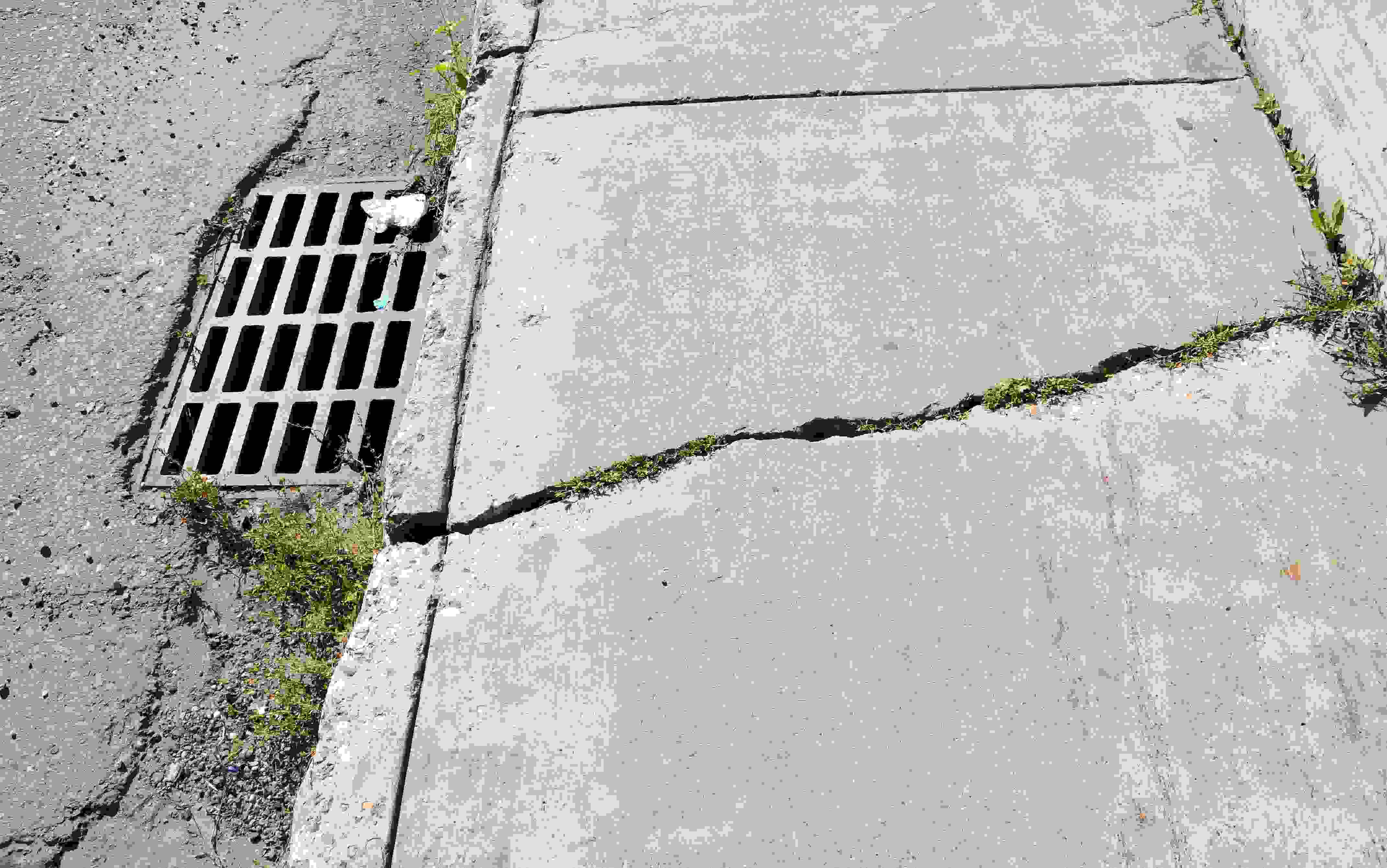BY COLLEEN LINDBERG
If you walk down the street, I can guarantee you that you will see somewhere along your path a sidewalk that has cracks in it. Sometimes they are small, maybe unnoticeable cracks and other times we come across large, off-kilter cracks. These cracks remind me of the imperfections we all have as humans and our acceptance of our imperfections.
I feel that sometimes (some of us all the time, which I can definitely own) we are so critical of ourselves. It could be in the way we see our bodies, to the lack of self-discipline, to our lack of knowledge. There is always something we are judging ourselves on. So, what if you just accepted yourself as you are? Such a novel idea, but really if you think about it, there are some things about us that we will never be able to change, like if one your feet is a bit longer than the other. It’s kind of crazy to think about this, but it is so true.
I really believe that accepting and loving ourselves exactly as we are right now is one of the hardest things to do. It really is. If you think about it, we are constantly comparing ourselves to others. We live in a society where you can pretty much do anything physically to yourself now, to change the things that you dislike about yourself, but is that really the answer?
We all come here with gifts, talents, personality traits, an underlying knowledge, but sometimes we seem to forget all these amazing qualities about ourselves because we only focus on the lack, we focus on that one small thing that bugs us about ourselves, instead of owning all of it.
Over the years, there have been a few things I have done to really shift this in myself. The first one, which was the hardest, I stood in front of the mirror naked and really looked at myself. Looked at my body, the folds, the bruises, the freckles, the fat, all of it and really looked and understood how everything got there. The fat got there from the amazing food I have eaten, the relationships I have built over food and my free will. The mark on my knee was from the final game in the playoffs, while I was playing fast pitch when I was younger. We won that game and I slide home. The freckle on my cheek that a lover once deemed a beautiful masterpiece. I could go on.. but do you see how changing your perception can shift the energy on things. It can change the way you see life.
The second one was I wrote out all the things I knew about myself that were true and positive. I didn’t analyze the list, I didn’t think about it in advance, I just got really present with myself and wrote. Then after I sat down with myself and read it out loud. There were some amazing things on that list.
The last one, I made a game plan to change the things I could change about myself that I didn’t like and then just learned to accept the things I couldn’t. Really that’s all it came down to. I come to know and love the fact that we all are sidewalks with cracks, sometimes they are small and other times they are big, but they are cracks anyways. So, to you my human friend, own it.

